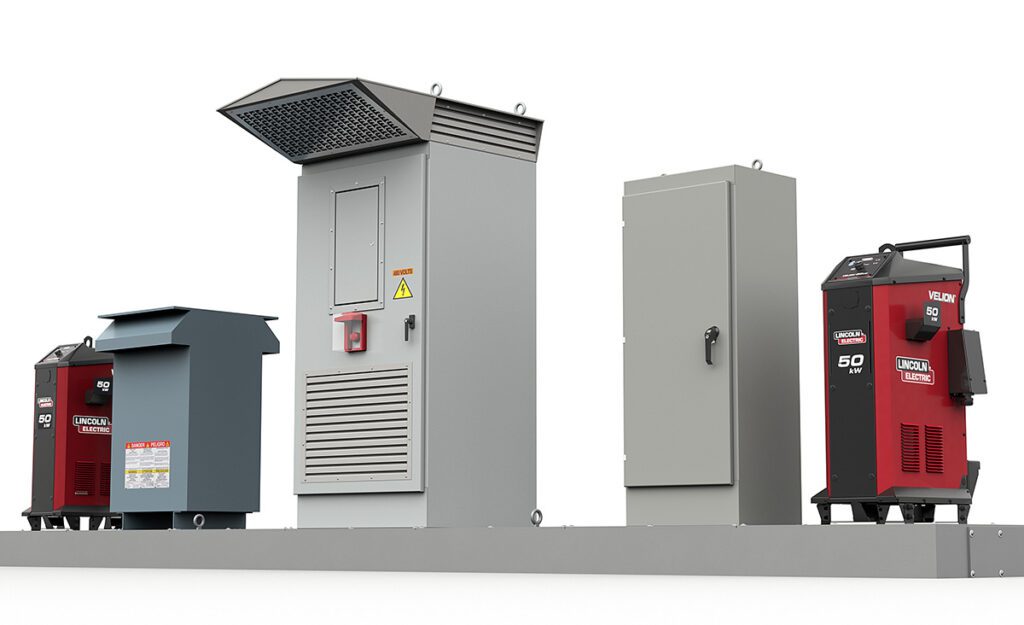US EV battery developer Sion Power has installed a new large-format battery cell production line, developed in partnership with Mühlbauer Group.
The cells demonstrate the scalability of the company’s lithium anode technology for EV manufacturers and represent a step toward commercializing its Licerion battery.
Licerion doubles energy density compared with graphite and silicon anode chemistries, according to the company, and is expected to reduce the cost of a 200 kWh pack by 35% through a 15% cut in cell material costs and a 20% reduction in cell count.
The new fully automated manufacturing line will produce large-format battery cells exceeding 50 amp-hours, increasing throughput and enhancing stacking, sealing, and anode preparation precision. It will have the capacity to produce 75 MWh of 56 Ah cells annually.
Sion Power previously used an automated assembly line to produce various cell formats, including lab-scale and six-amp-hour cells, while using a semi-automated line for larger-format cells. Adding the new line enhances production efficiency and quality control for larger-format cells, which are essential for validating performance, cycle life and manufacturability at scale, the company said.
The new line supports Sion Power’s continued technological development and testing across various cathode chemistries, provides high-capacity cells for strategic partners conducting their own testing and supplies potential commercial partners with large-format cells to evaluate Licerion.
“Our Licerion technology unlocks the potential of lithium metal to leapfrog current graphite and silicon anode solutions,” said Pam Fletcher, Sion Power CEO. “We will provide large-format test cells with both LFP and NMC cathodes for our US and global customers, including our strategic partners like LGES as well as global battery cell manufacturers and automotive OEMs, at a much higher rate while maintaining the quality standards required for next-generation battery development. This is a significant step in developing lithium metal chemistry and helps ensure we will be volume production-ready in 2028.”
Source: Sion Power




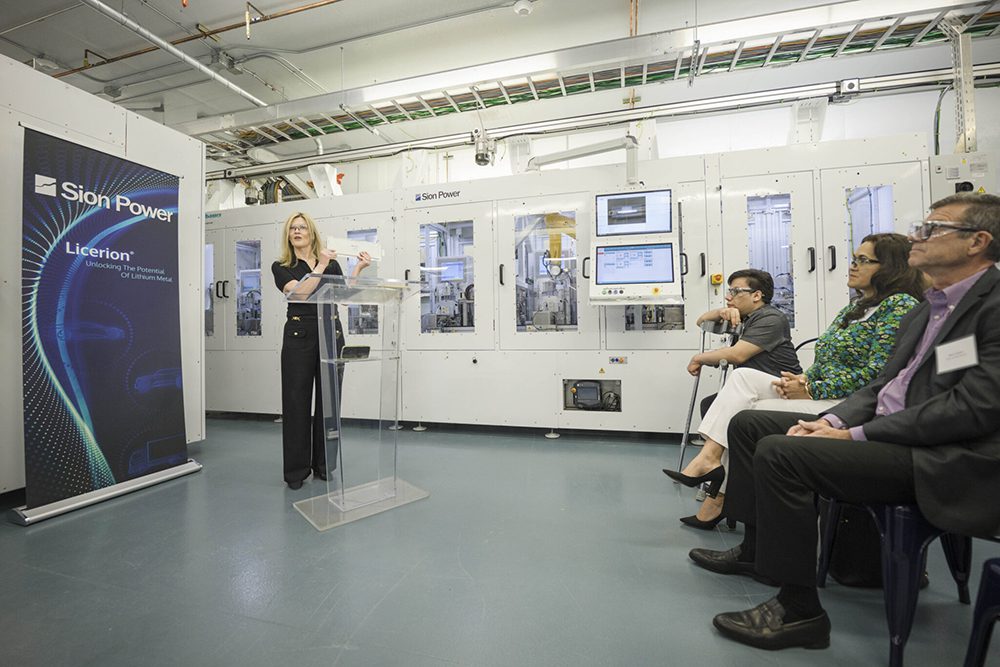
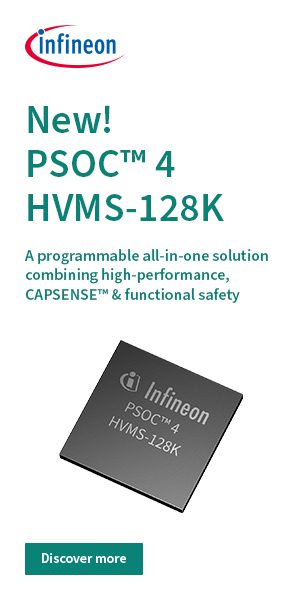

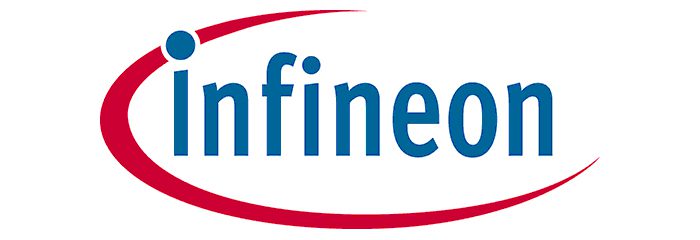
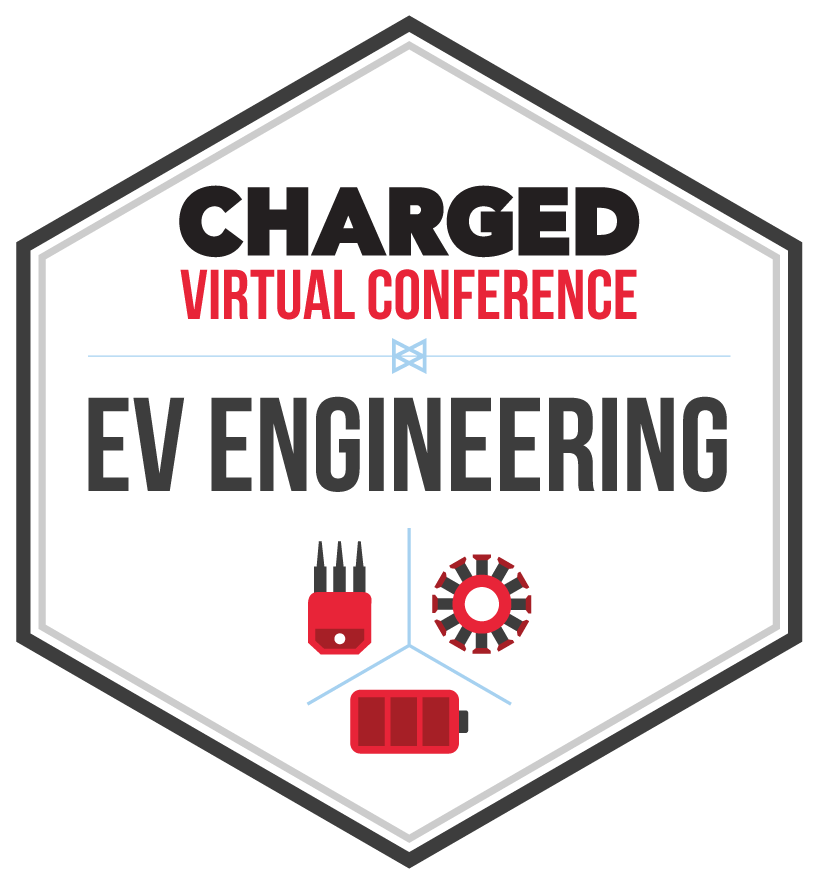

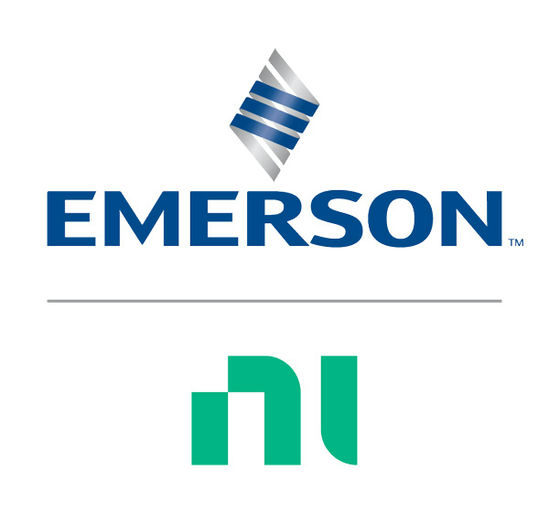


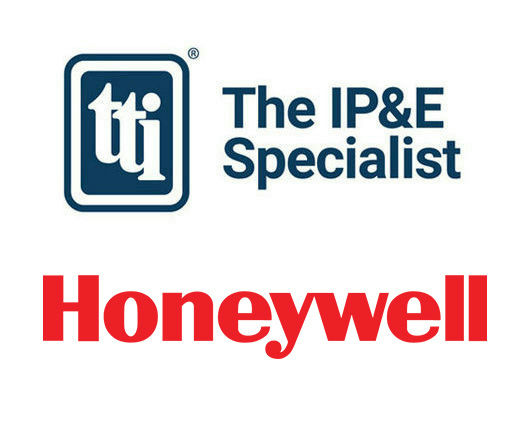
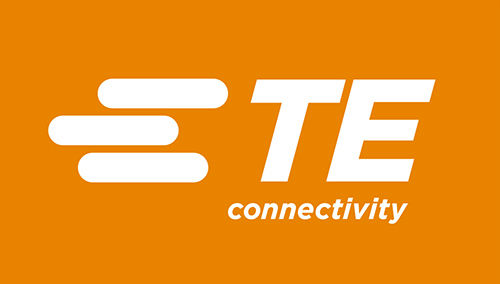











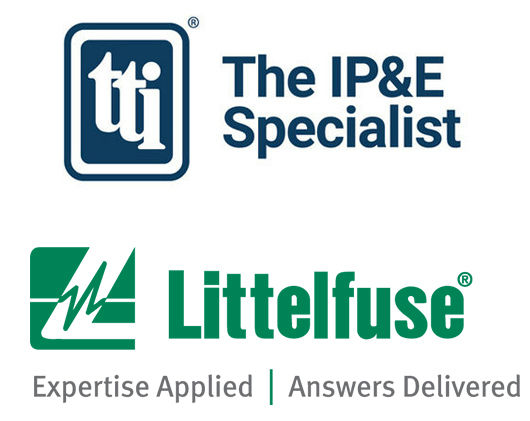


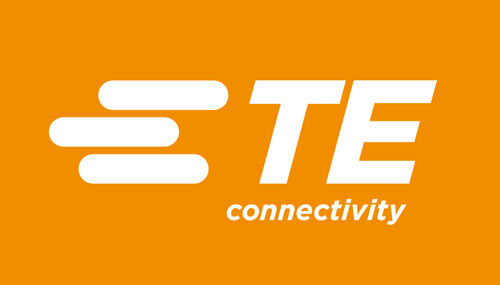

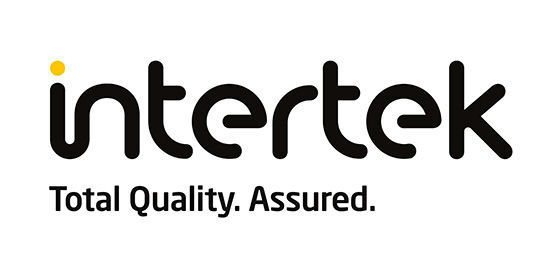


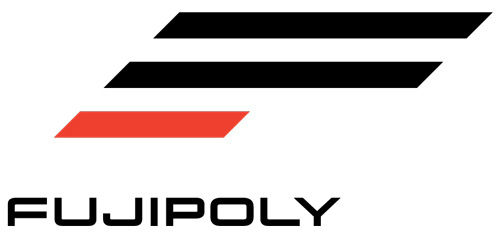
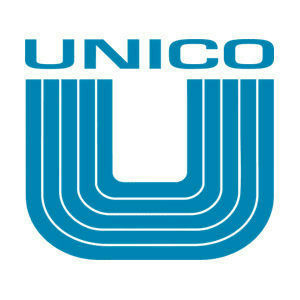




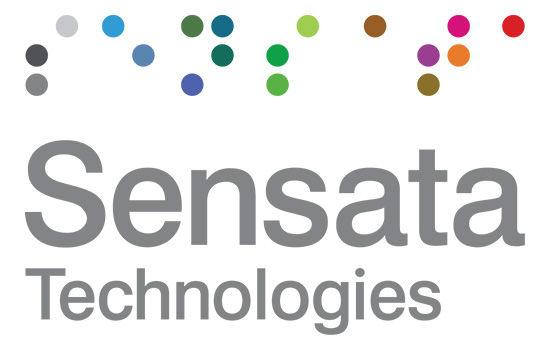
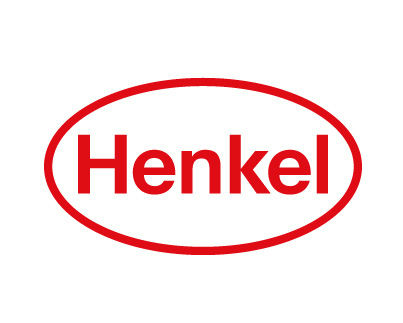

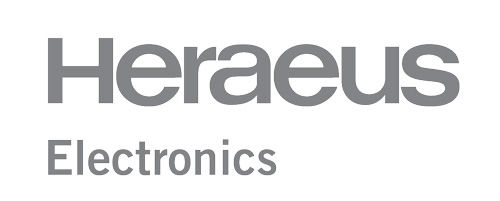
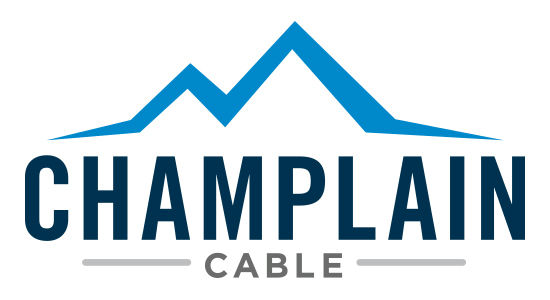
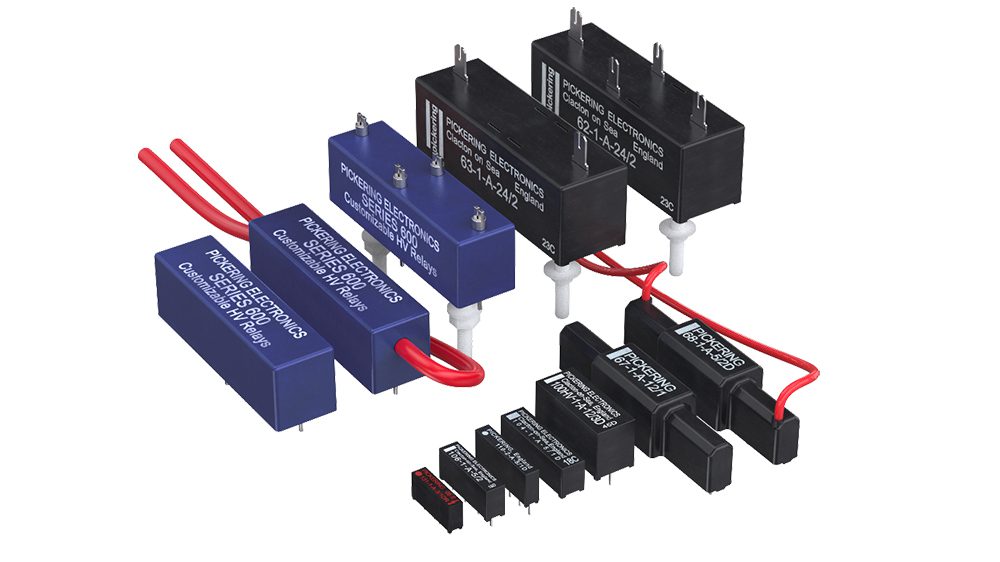
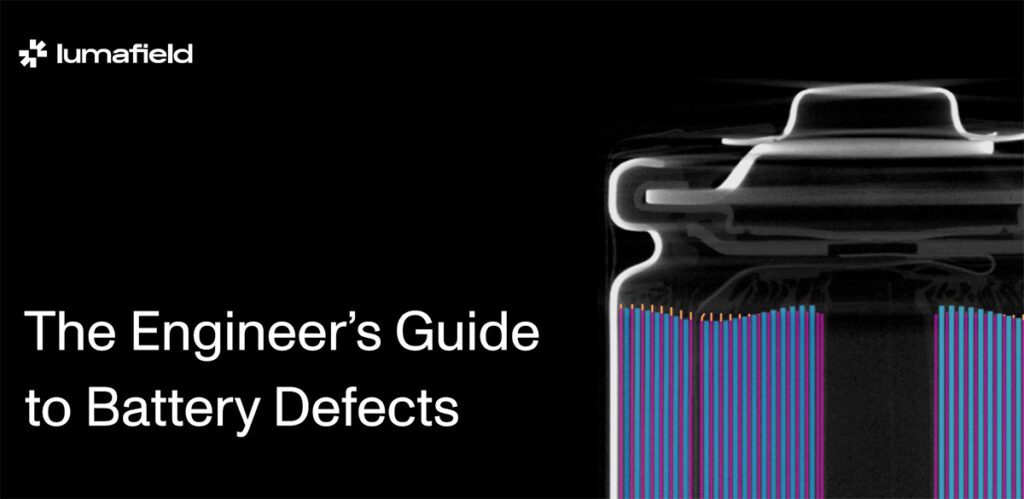

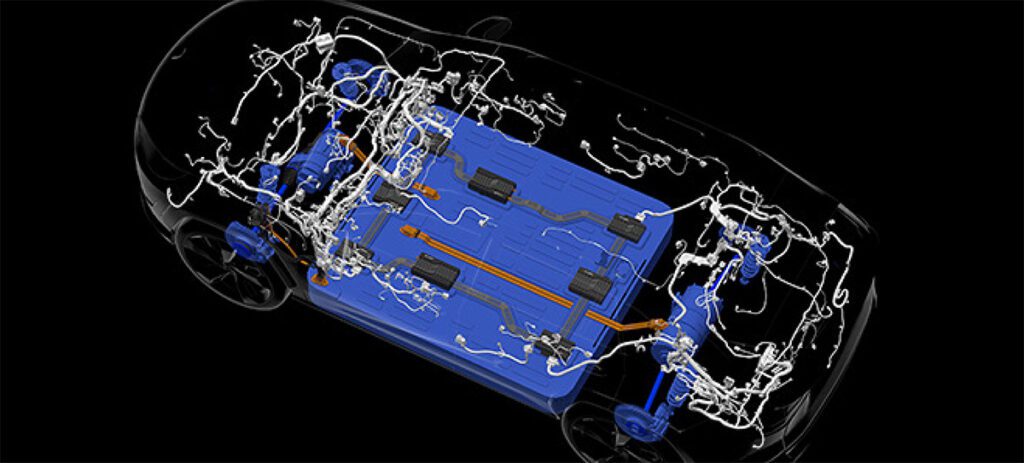
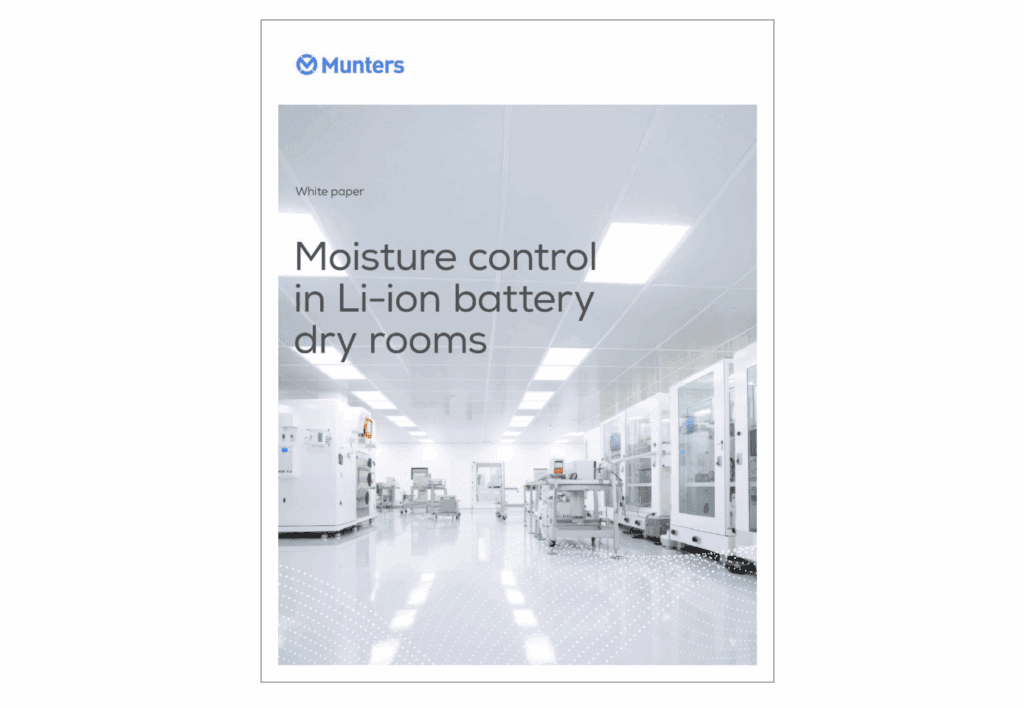
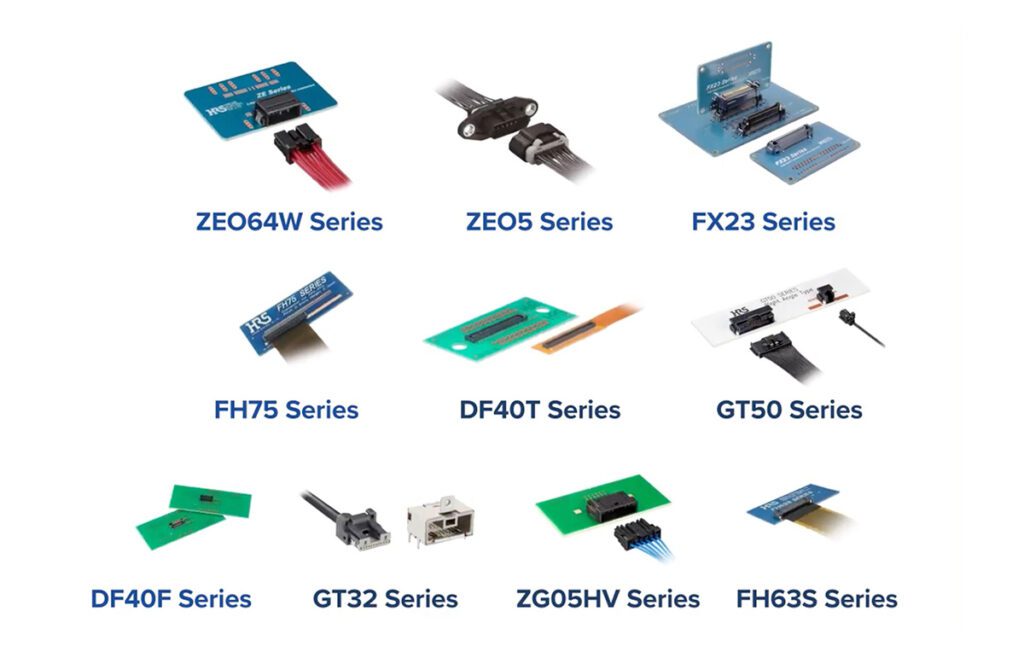

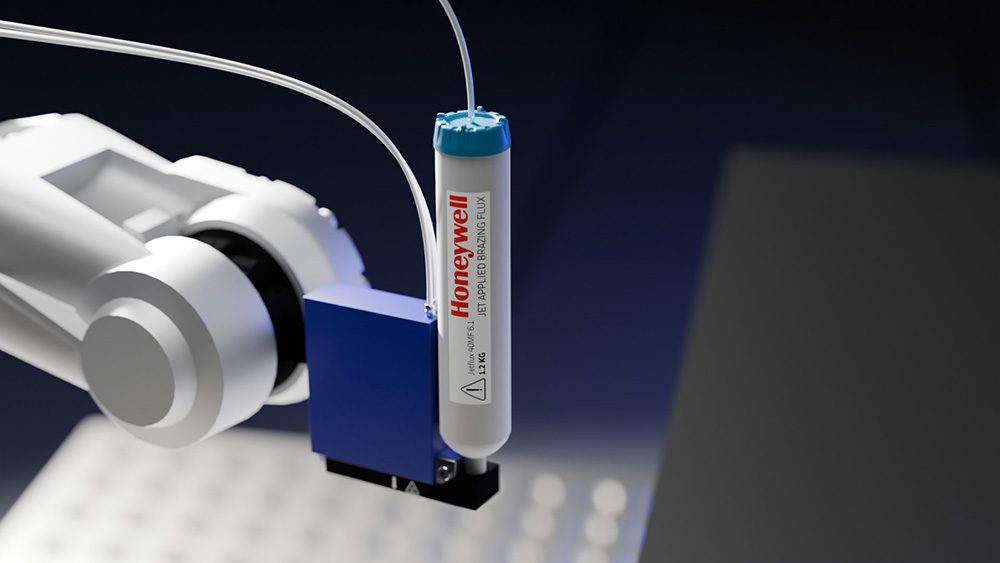
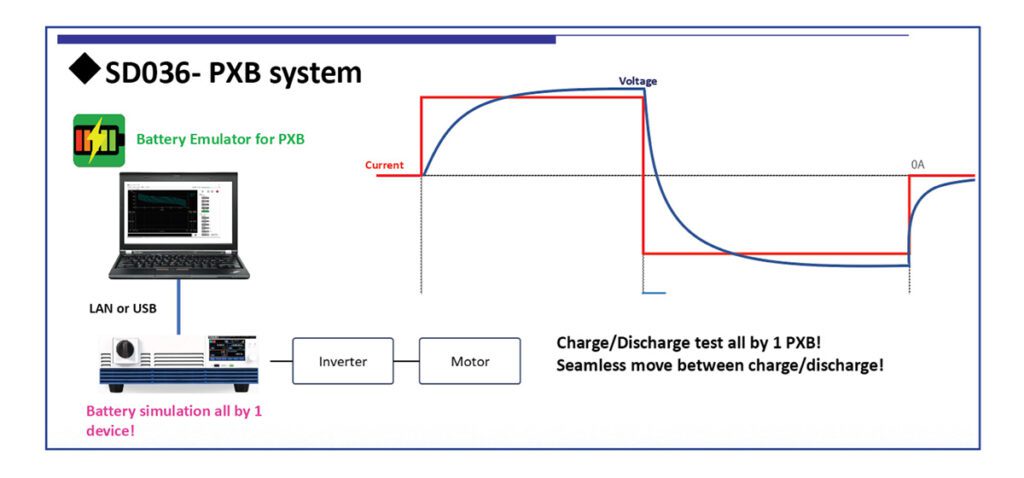
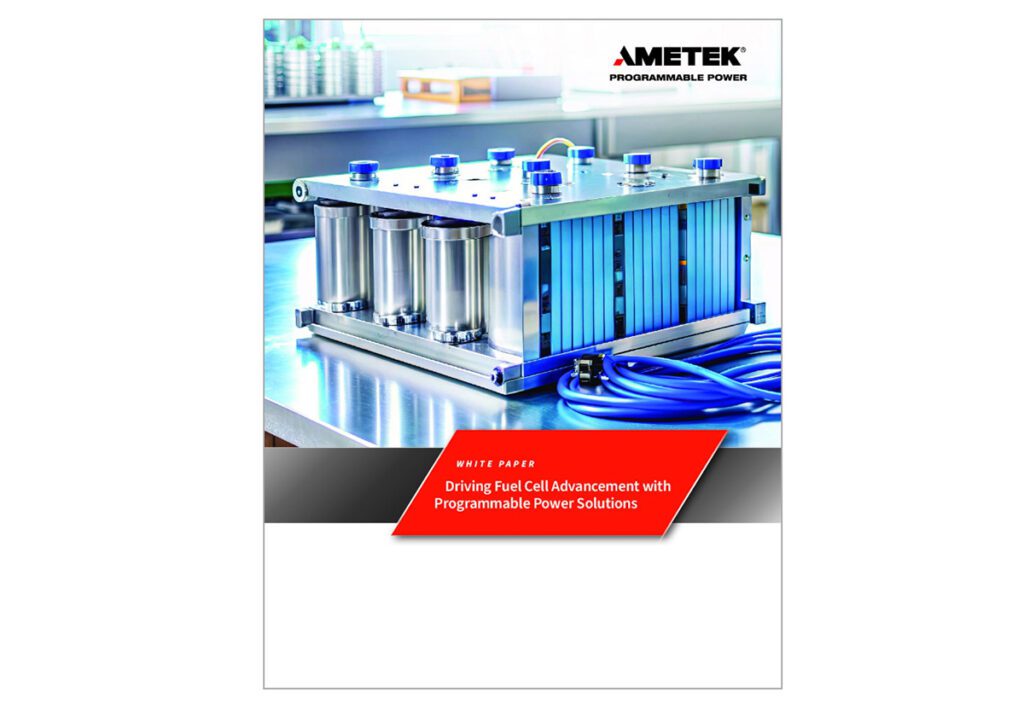
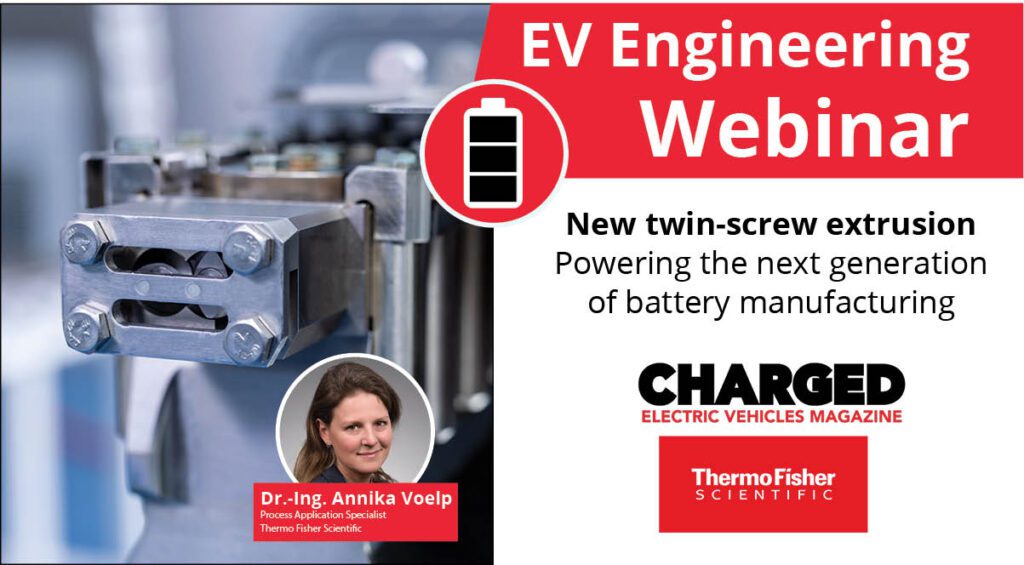
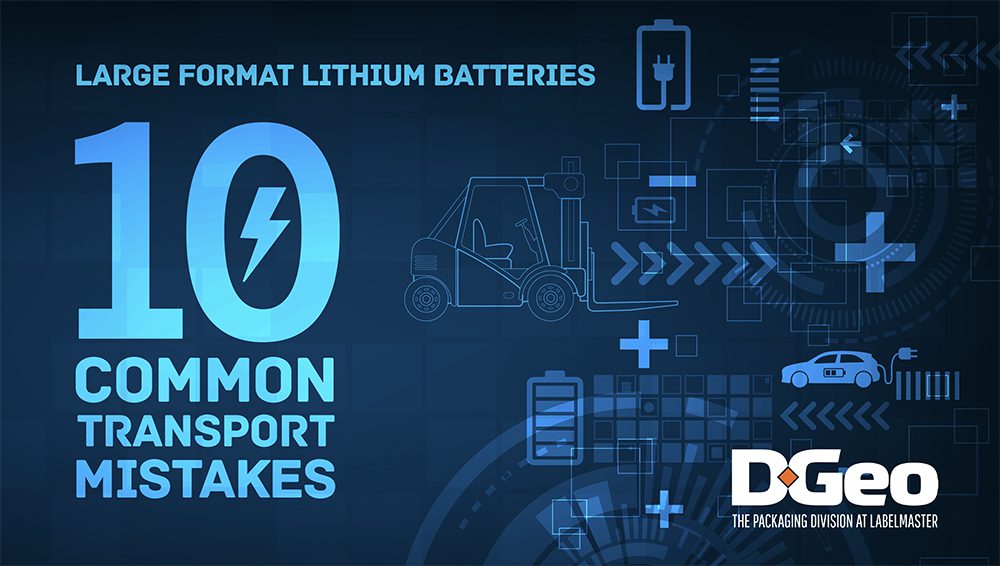


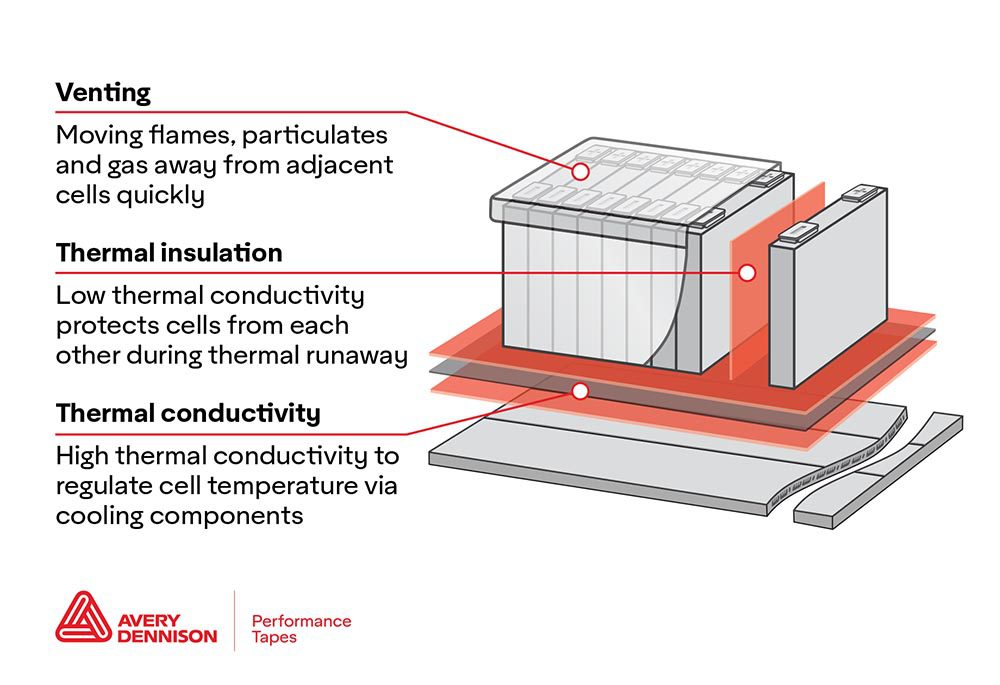

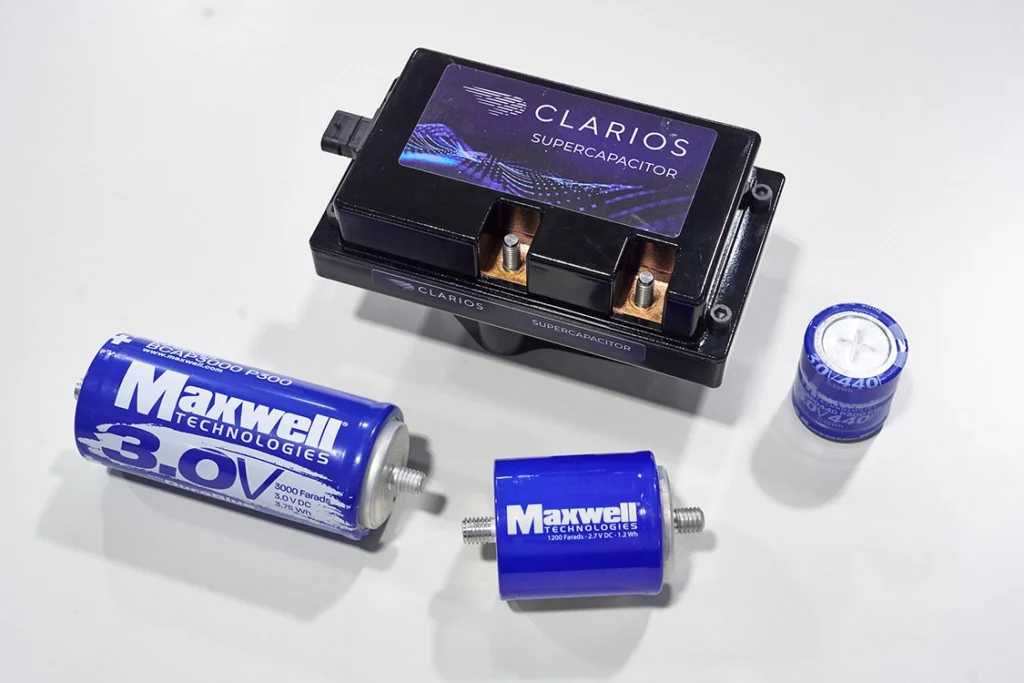

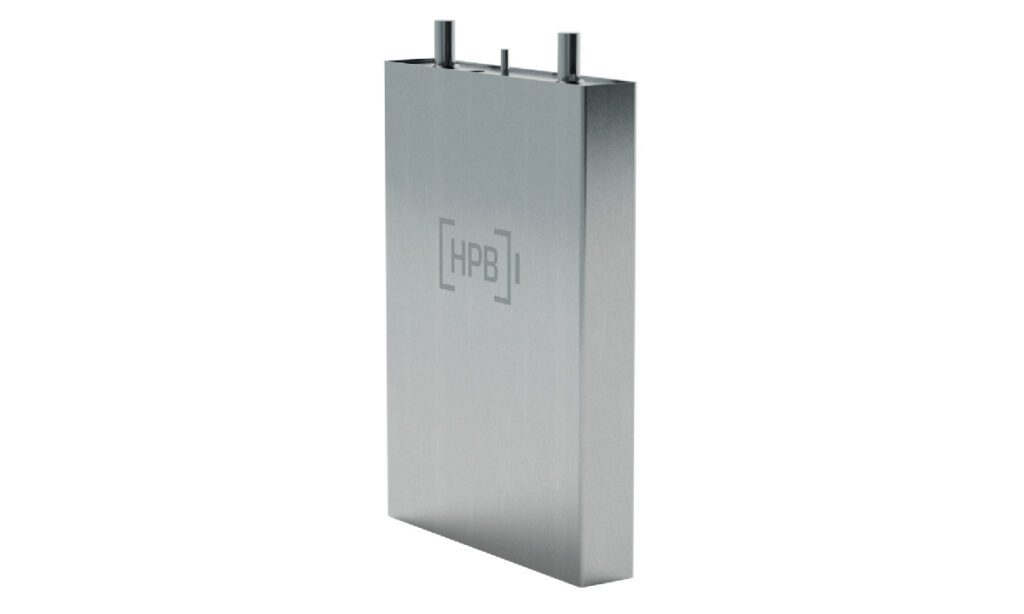
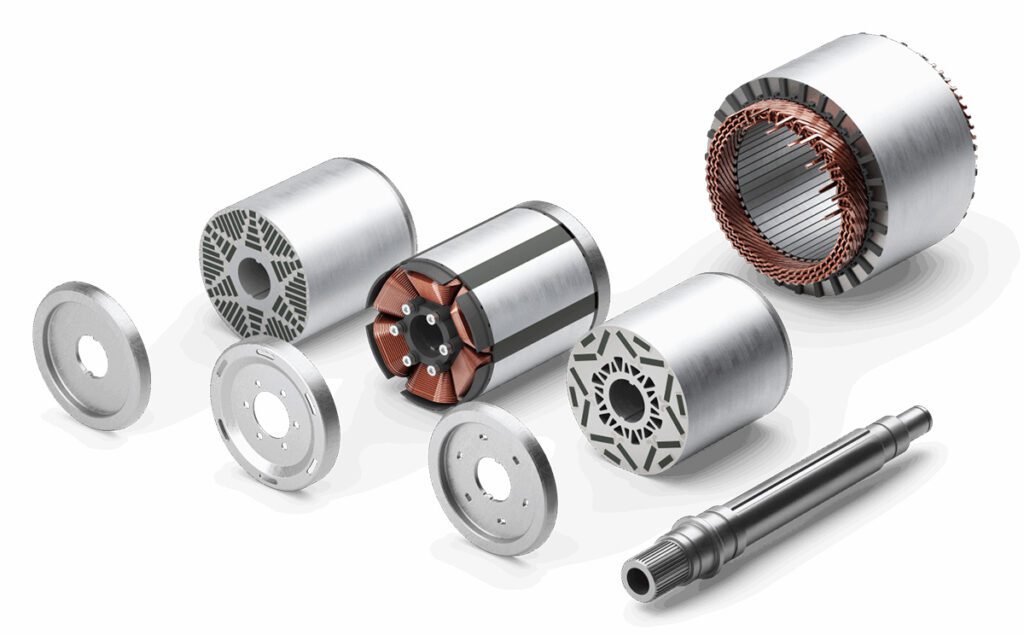
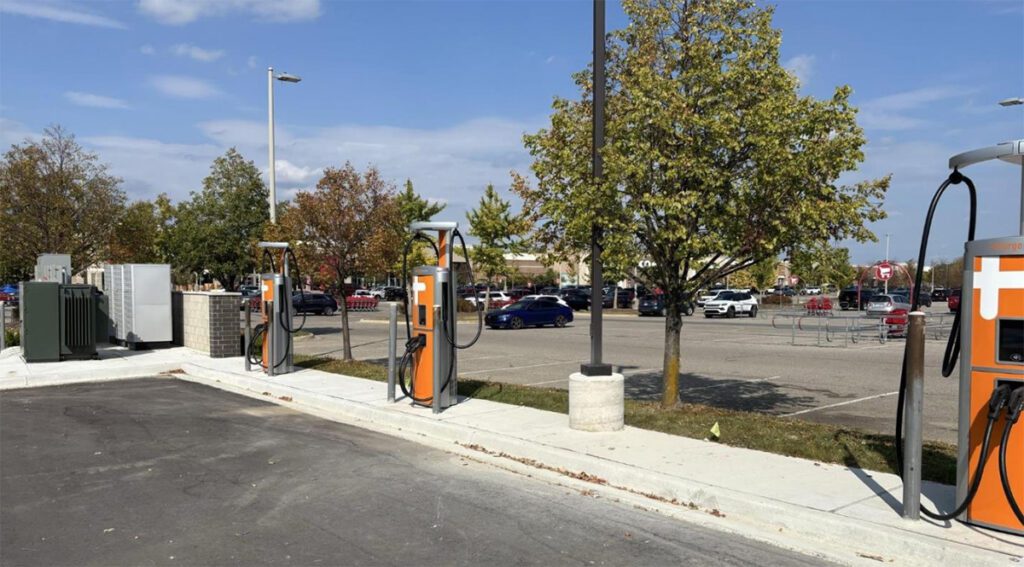
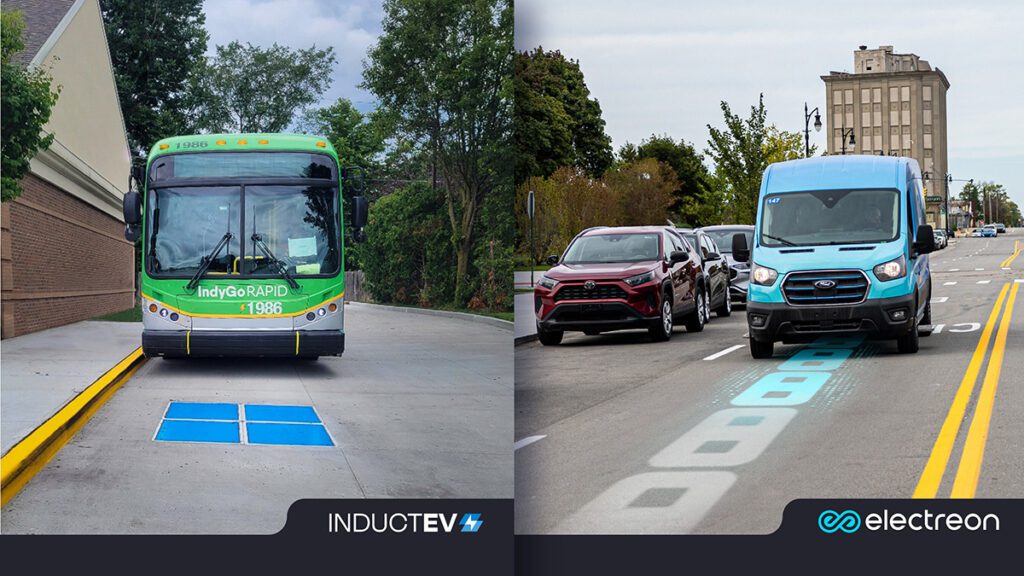





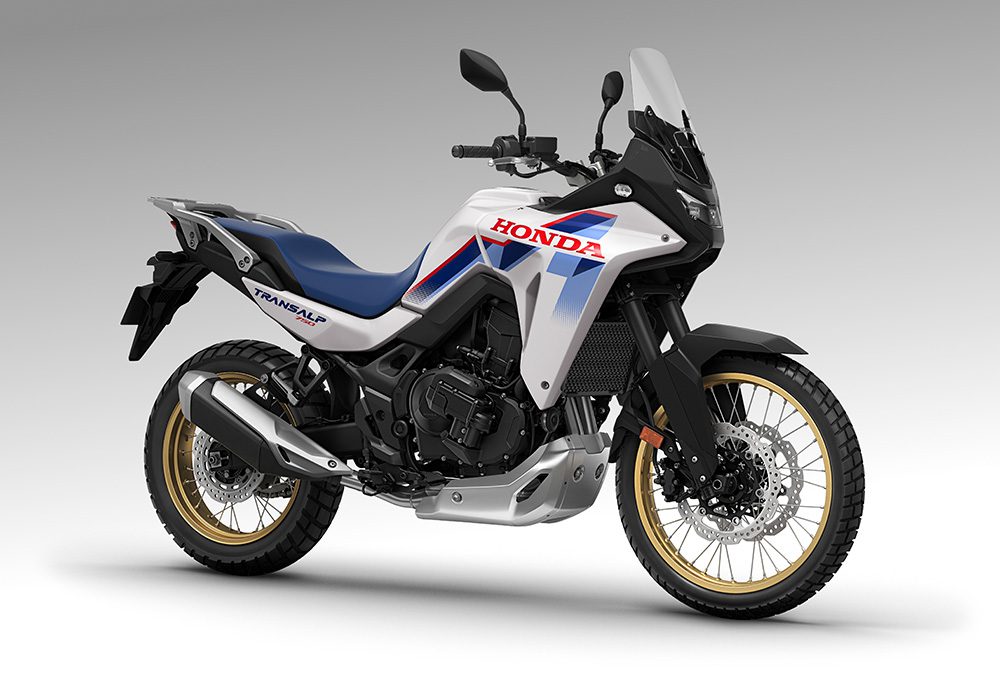


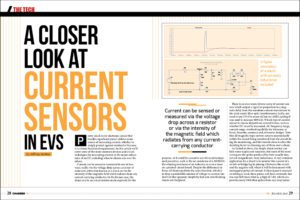
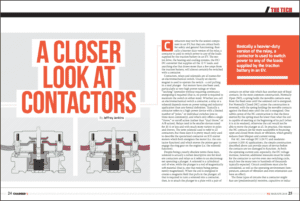

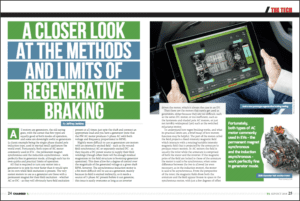
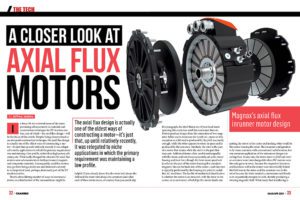
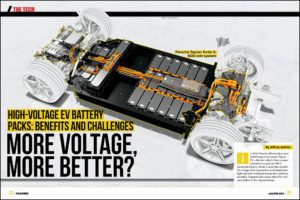
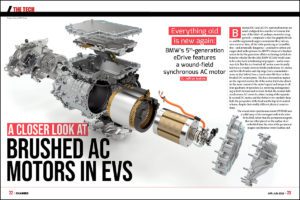


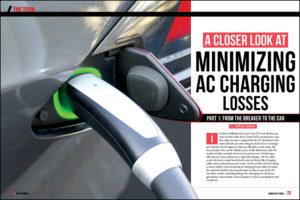
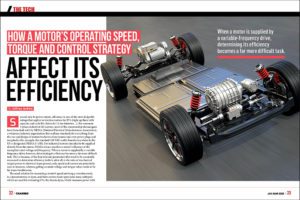
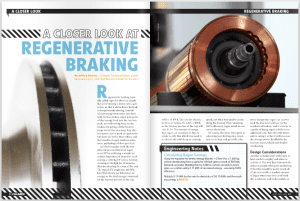
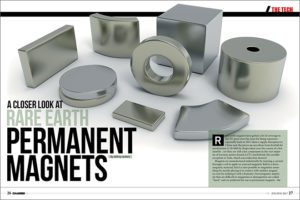
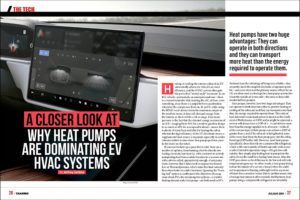
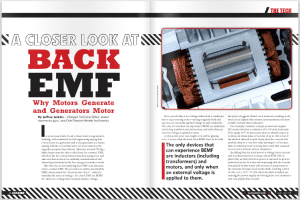
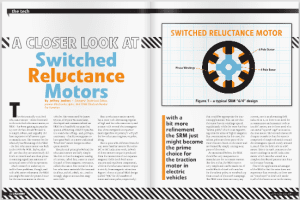
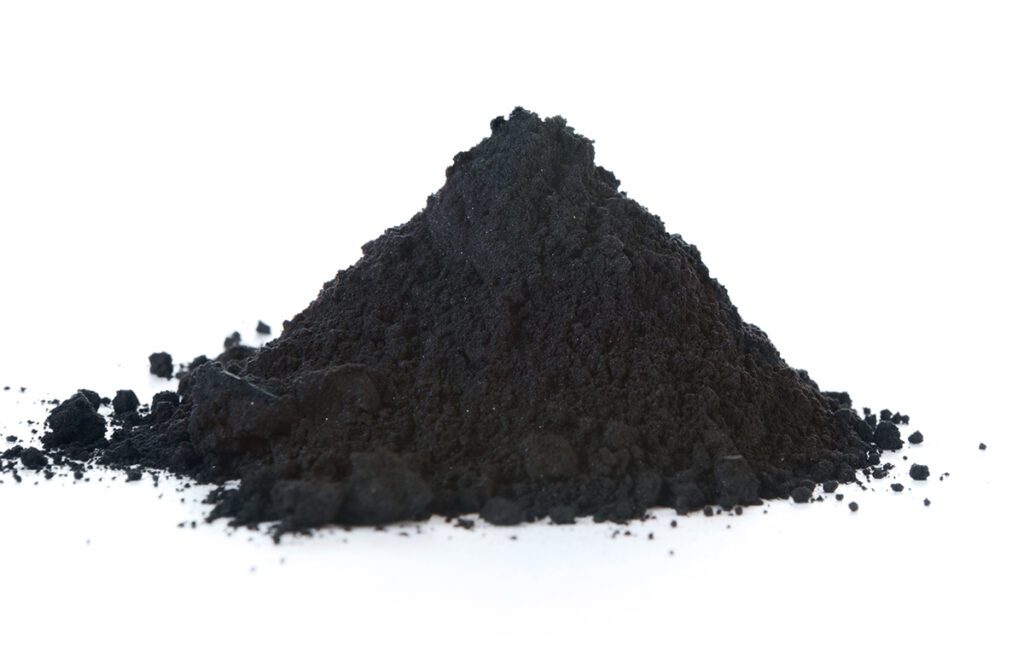
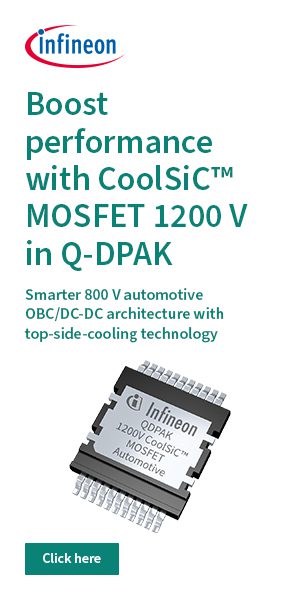
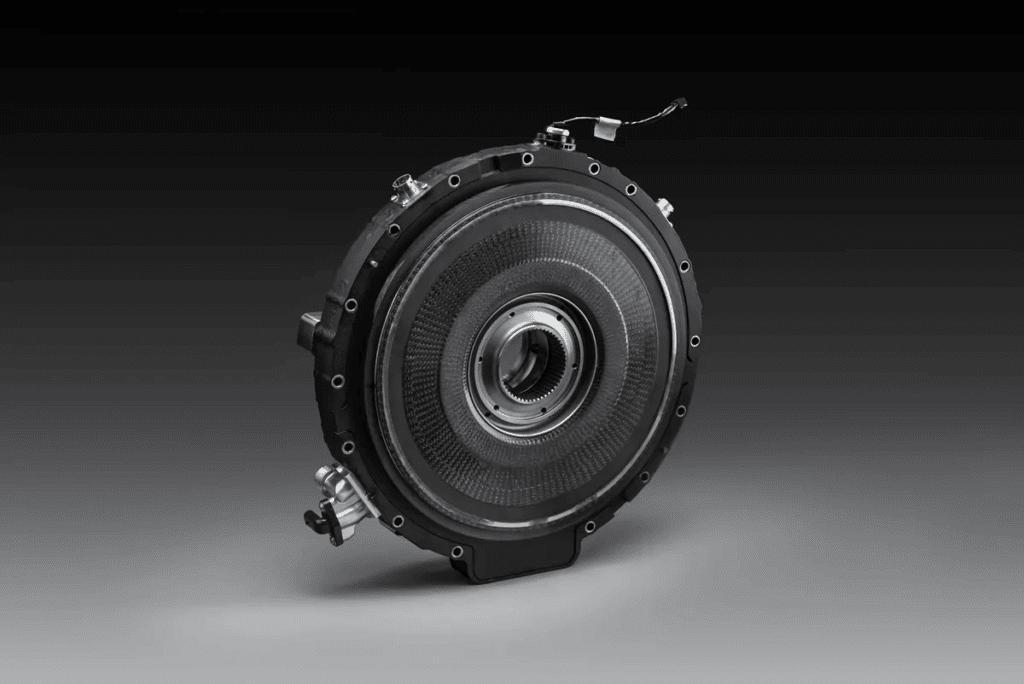
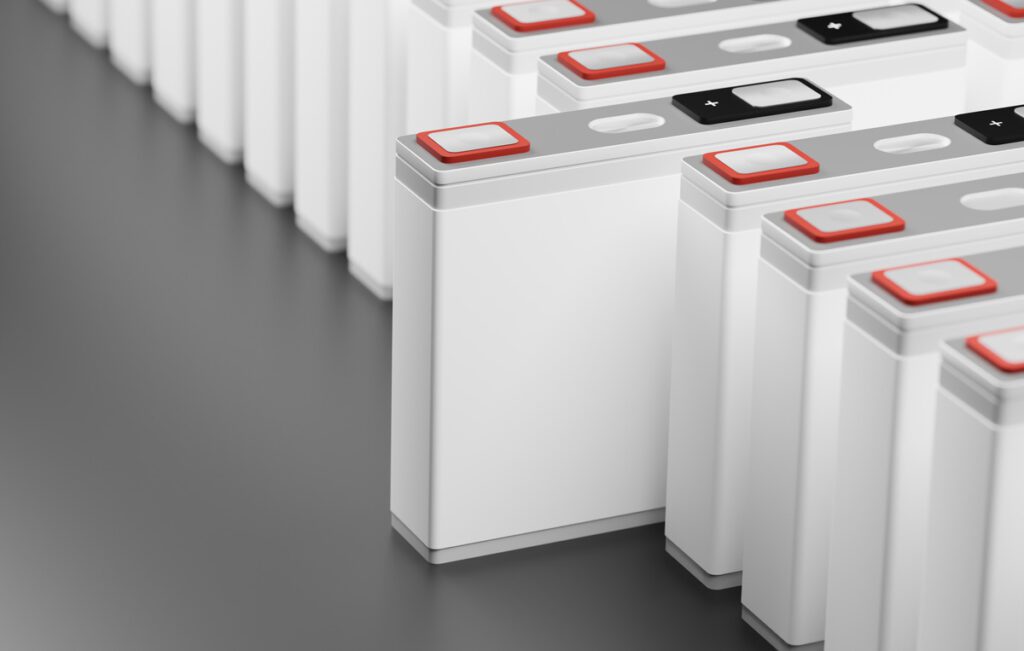

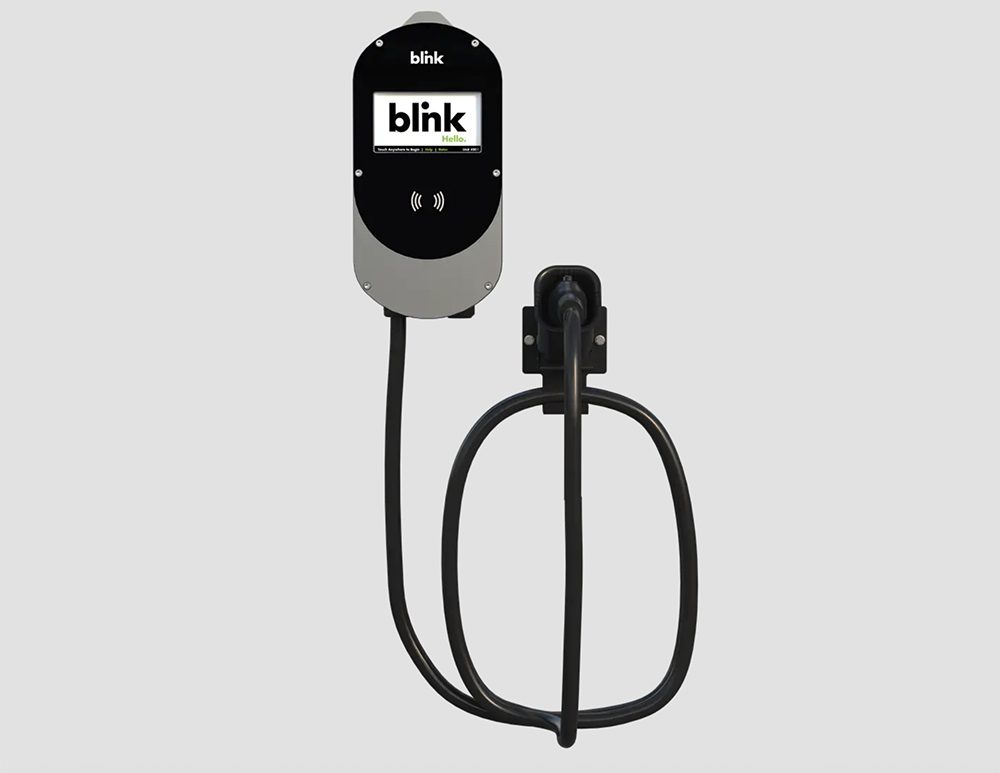

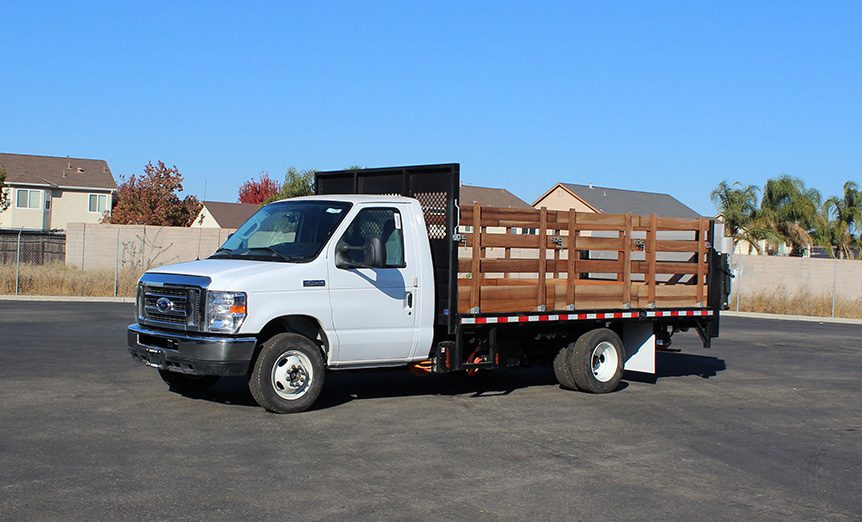

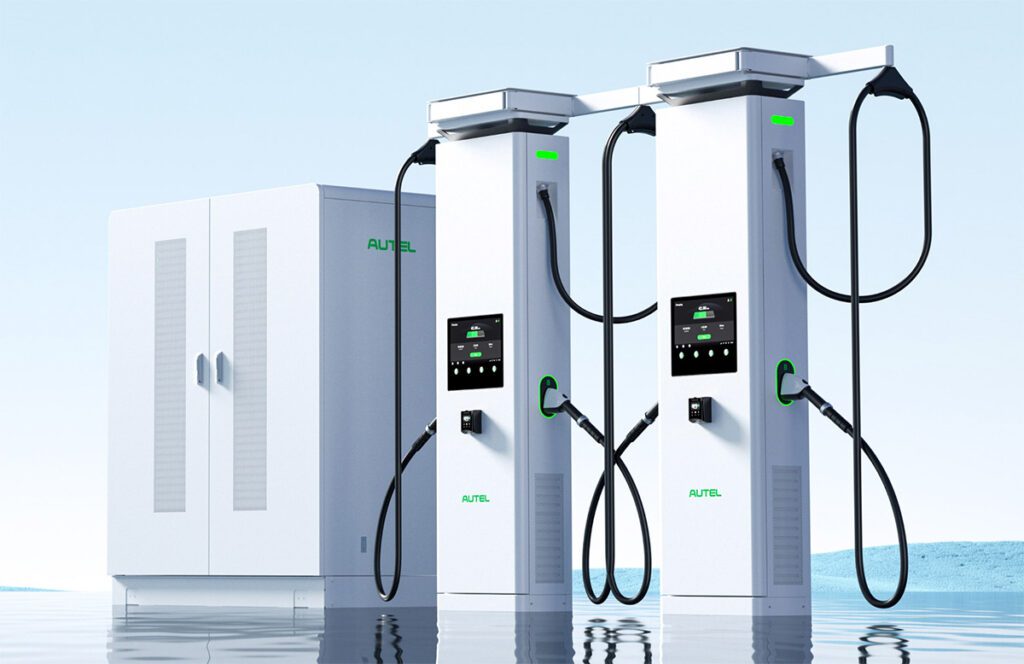

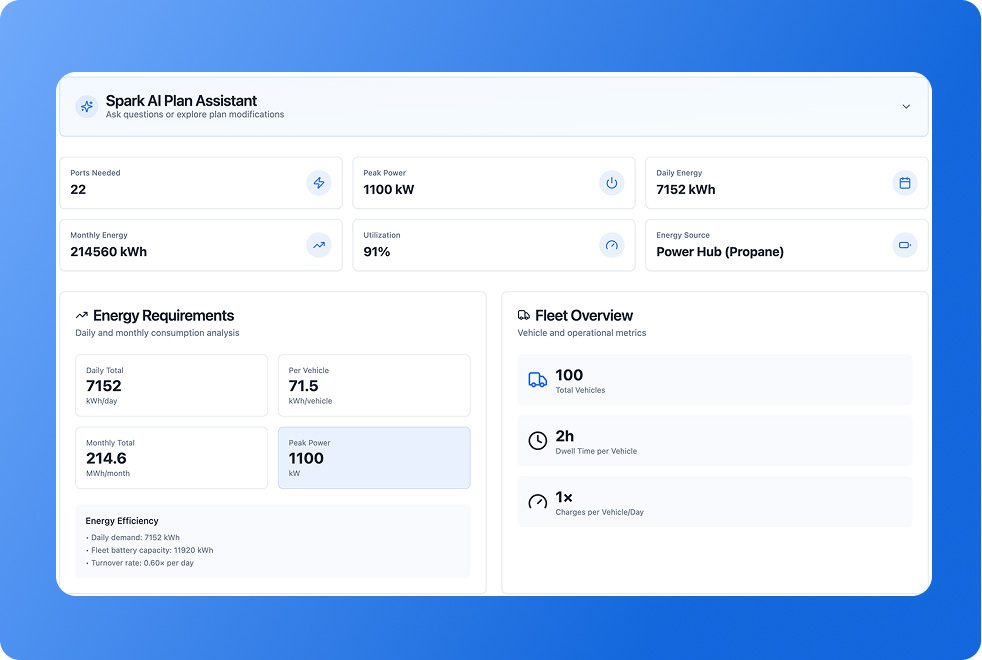
![New York City may replace Central Park’s horse-drawn cabs with electric carriages [Updated]](https://chargedevs.com/wp-content/uploads/2025/09/AdobeStock_273233016.jpg)
